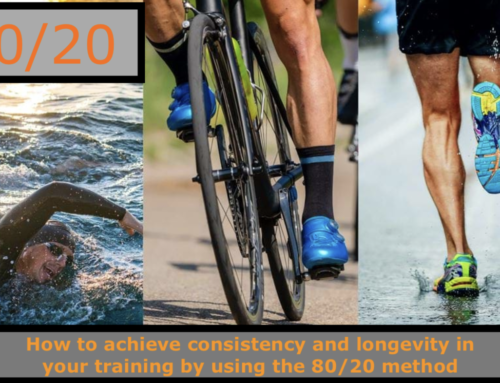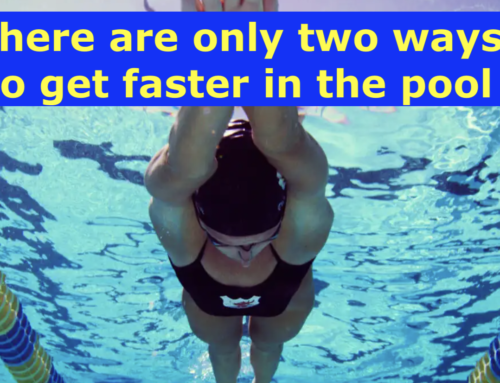This is a great question and one which I am sure is in yours and everyone else’s mind as you start the journey toward your 2018 goals. The quick answer is you can’t guarantee it, but you can get close enough.
Of course, if you have followed a similar path before then you might have a reasonable idea, but what if it’s a totally new challenge? Maybe you are aiming for your first triathlon, or stepping up a distance to Ironman or beyond.
No one can ever be certain that they will get to race day in the shape they would like. In fact, in the words of the coach Franz Stampfl, “Training is principally an act of faith”. By the way, if you haven’t heard of Stampfl, he was responsible for the interval training system used by Bannister, Chataway, and Brasher when they broke the 4 minute mile.
You could employ a coach, therefore delegating some of your trust in them and their experiences. But even then you may harbour doubts.
Over the years it’s become clear to me that there are only a small number of principles that you really need to adhere to in order to reach your goals, and a handful of others to support them.
Principle 1 – Individuality – The best plan is the one designed for you. Based on your training history, current fitness levels, availability to train and recover, and your long term goals. It doesn’t really matter what worked for other people. If you don’t have a training history, stick to basic physiological principles for several months and then review. If you do have a history, then look at what worked previously and what didn’t. Some athletes respond to lots of volume at low intensity, others respond to lower volumes at higher intensity.
Principle 2 – Consistency – Do your utmost to avoid injury and illness. Avoiding injury means integrating a specific strength and mobility programme to help you build stability around stressed joints which then enhances technique. It’s not about building muscle mass. Avoiding illness means being mindful of your health at all times, listening to your body, and knowing when to back off or miss a session. This requires a long term holistic outlook rather than a short term approach.
Principle 3 – Progressive overload – To make fitness gains one needs to make the training load harder. This can be done by increasing the volume, intensity, or frequency, or reducing recovery time, but only one at a time. A simple rule often used is to increase volume by no more than 10% per week, although there is a list to how long you can do this for. This is the overload. Planning to do this in frequent intervals is known as progression.
Principle 4 – Adaptation – One cannot progressively overload the body ad infinitum otherwise it will eventually become too much and you upset principle #2 by getting injured or ill. The smart way to avoid this is through carefully planned periods of easier training to allow the body to adapt. If done right this leads to super-compensation. There is no hard and fast rule as to how you do this, as it needs to suit your lifestyle. Including a recovery week after every 14 (2 weeks build + 1 week recovery) or 21 days (3 weeks build + 1 week recovery) is a popular pattern but not exclusive. Within the build periods it is also common to alternate intensity between hard, medium, and easy days and possibly even a rest day. Two of each plus one rest each week would be a good start point.

Diagram illustrating super-compensation
Principle 5 – Specificity – In order to get the best results, training should be planned so that it is specific to your key races. For example, if racing a long distance event on a hilly course one would focus the training on prolonged moderate intensity efforts, some of it on similar terrain as race day, and occasionally covering similar distances to those for the event.
Can I guarantee this will work? No, but I can tell you they will take you very close to your goal. The strategy from here is to build your plan and then stick with it for at least 8 weeks as it will take that long for any real adaptations to show. At that point, review your progress and then make small alterations, if necessary. Continue this process up to race day. At that point, you should have the fitness to achieve your goal – assuming it’s a realistic one.
Whether you achieve your goal or not is down to execution of the plan, and that is a different blog altogether.
If you have COMMENTS or QUESTIONS please feel free to post below. I just love reading your thoughts and the debates which follow.







Leave A Comment